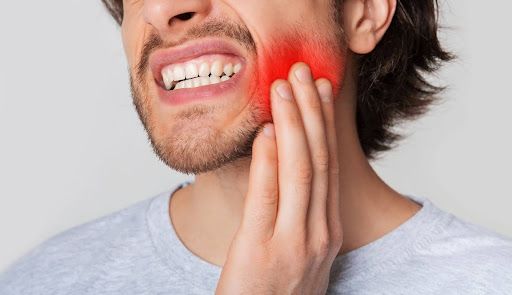Flossing: The Hows and Whys
November 20, 2013
One of the familiar questions you get asked at our office: how often do you floss? Everyone should know that you are supposed to floss daily, but not everyone does. In this week’s blog post we will address common misconceptions about flossing, how to floss properly, and which floss type to choose.
Why you should floss
One reason people don’t floss is because they don’t believe that it does anything. This is not the case. Floss reaches between teeth and under the gum line where toothbrush bristles can’t reach. Even floss-action toothbrush heads aren’t able to get to all the nooks and crannies that bacteria like to hide in. By using floss to clean between your teeth you are able to get at the bacteria that cause plaque, decay, and gingivitis.
Another common misconception is that mouthwash gets to all the places that floss does, so if you use mouthwash, you don’t have to floss. Mouthwash does get in many of the same places, but not with the same amount of force as floss. By using floss you are manually removing the bacteria and any food particles that may be trapped in these locations. Mouthwash is not able to dislodge the plaque or food particles that get stuck in these small places. Floss is ideally suited for cleaning these areas.
Some people refuse to floss because they claim that it hurts to floss. Sensitivity may occur if you are suffering from gingivitis. As you clean the bacteria from beneath the gum line and increase the health of your gum tissue, this sensitivity will decrease. Speak to your dentist to figure out the best method to control your gingivitis and provide for a more comfortable flossing routine.
Proper way to floss
Although any flossing is better than no flossing, to get the maximum benefit from flossing you should floss prior to brushing your teeth. To start, cut off an arm’s length of floss to use. Wrap the floss around your middle fingers and stretch an inch long section between your index finger and thumb. Using a sawing motion, guide the floss between your teeth to the gum line. Form the floss into a “c” shape around your tooth and move it smoothly up and down making sure to get slightly below the gum line. If you find that you have to force the floss between your teeth, try using a polytetrafluoroethylene floss such as Glide.
After you finish with one tooth, angle the floss around the next tooth and repeat the up and down motion. Continue flossing your teeth making sure to unwind and re-wind the floss around your fingers. This unwinding and re-winding ensures that you use a clean section of floss and don’t pass bacteria from tooth to tooth
Types of floss
- Unwaxed floss: This floss is made up of strands of nylon that are twisted together. Unwaxed floss is thin and fits easily between closely spaced teeth. It is more likely to break or fray compared to other types of floss.
- Waxed floss: This floss is also made up of strands of nylon twisted together, but as the name suggests the strands have a wax coating on them making the floss more resistant to breaking. This floss is thicker than unwaxed floss and may not fit as well between closely spaced teeth, so it is better used to clean larger gaps.
- Polytetrafluoroethylene floss: This floss is made up of a synthetic fiber similar to that used to make Gore-Tex. It is thin and slides easily between closely spaced teeth. The synthetic fibers are also less likely to break or fray compared to waxed or unwaxed flosses.
- Dental tape: This floss is similar to waxed floss, but it is manufactured wider than normal waxed floss. Dental tape is useful for cleaning teeth with large gaps or spaces.
- Super floss: This floss is wider and yarn like. The ends of super floss are harder to facilitate flossing under dental work such as bridges or orthodontic work.
Although there are many different types of floss on the market, they all have the same result when used. So when you are looking to choose a type of floss, pick one that provides the most comfortable flossing experience for you. Feel free to call our Evanston dental office if you have questions regarding your flossing habits. Our hygienists are happy to answer any questions you have at your regularly scheduled hygiene appointment.
The post Flossing: The Hows and Whys appeared first on Stephens Dentistry.







